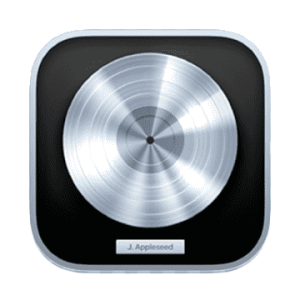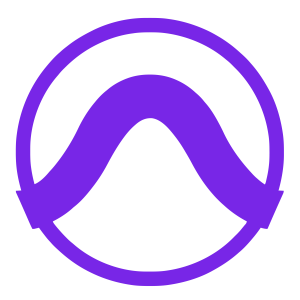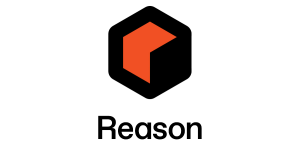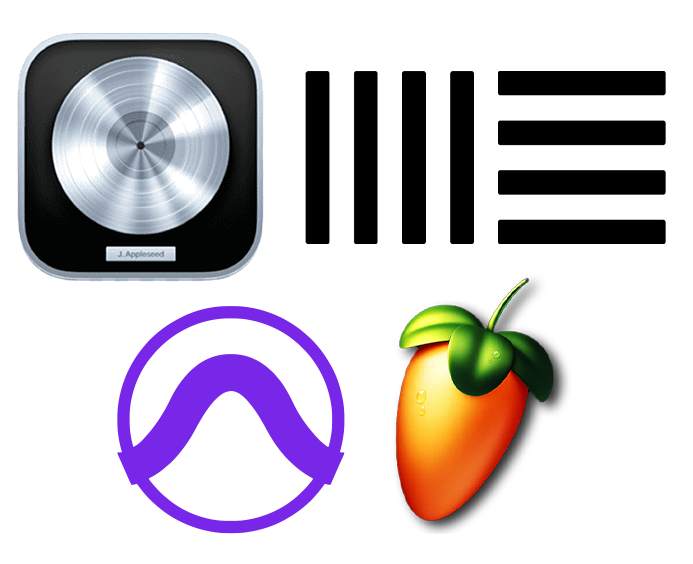If you are confused with which DAW is the right one for you, then this article has got you covered. When starting your production journey, a good DAW can help you work more efficiently and increase your productivity by a mile. Each DAW has certain advantages and disadvantages which separates them all and in this article we’ll talk about all of these factors to help you find the one which suits your needs.
1. FL Studio – ImageLine

FL Studio is extremely popular with hip hop, trap, and EDM producers, and for good reason—it’s fast, visual, and great for getting ideas out quickly. Its step sequencer and piano roll make drum programming and melody creation super easy. Everything is drag-and-drop, and arranging beats is intuitive.
Workflow & Features:
-
Pattern-based workflow is perfect for beatmakers. You build short loops (patterns) and arrange them into full songs.
-
Piano roll is hands-down one of the best—super precise for melodies and drums.
-
Comes with solid native plugins like Flex, Fruity Parametric EQ, and Gross Beat for time effects.
-
Drag-and-drop audio, automation, and routing are very user-friendly.
Advantages:
-
Easy for beginners to jump into.
-
Fast beat-making workflow.
-
Lifetime free updates.
-
Lots of tutorials available online.
However, FL isn’t the best for recording vocals or working with long audio takes. It can be done, but compared to Logic or Pro Tools, it feels clunky. It’s more of a beatmaker’s DAW than a vocal engineer’s DAW.
2. Ableton Live – Ableton

Ableton is all about speed and creativity, especially for electronic, house, and experimental styles. The Session View is unique—it lets you launch loops, samples, and clips live, which is amazing for jamming out ideas or performing.
Workflow & Features:
-
Session View lets you experiment with clips and loops on the fly—amazing for live sets or jam sessions.
-
Tight integration with MIDI controllers like Push.
-
Great for sound design with Max for Live, allowing custom instruments and effects.
-
Warp engine is excellent for time-stretching samples.
Advantages:
-
Extremely flexible and fast for arranging ideas.
-
Seamless for live performance/DJ-style setups.
-
Clean and modern interface.
The downside? Its layout can be confusing for beginners coming from more traditional DAWs. Also, recording and editing audio like vocals isn’t its strong point—you can do it, but it’s not as fluid as Logic or Pro Tools.
3. Logic Pro (X) – Apple

Logic is like the all-in-one package—especially strong for pop, cinematic, orchestral, and vocal-heavy music. It comes loaded with professional instruments and effects, including a full orchestral library, amazing synths (like Alchemy), and tools for scoring and notation.
Workflow & Features:
-
Very polished, especially for Mac users.
-
Comes packed with virtual instruments: Alchemy synth, Drummer, and full orchestral libraries.
-
Advanced MIDI editing and scoring features—great for film composers.
-
Track Stacks and Quick Swipe Comping make vocal tracking smooth.
Advantages:
-
Professional-grade mixing and mastering tools.
-
Excellent for detailed arrangements and vocal production.
-
Affordable for what you get ($199 flat, no subscription).
The main limitation is that Logic is Mac-only. Also, while it does handle electronic genres well, it’s not as loop/clip-oriented as FL or Ableton, so the workflow for beats might feel slower for some.
4. Pro Tools – Avid

Pro Tools is the industry standard for recording studios—if you’re tracking vocals, mixing bands, or doing post-production, this is the DAW. Its audio editing capabilities are unmatched, and it’s super precise for detailed work.
Workflow & Features:
-
Industry standard for audio recording, editing, and mixing.
-
Rock-solid audio engine and sample-accurate editing.
-
Great for large sessions and complex routing.
-
Trusted in professional studios for tracking bands, orchestras, ADR, etc.
Advantages:
-
Unmatched audio editing precision.
-
Ideal for high-end mixing and mastering.
-
Excellent plugin support and DSP integration.
However, it’s not the most creative DAW. Beatmaking is a struggle. It’s also expensive, and not very friendly to beginners. Think of it more like a high-end audio workstation than a creative sandbox.
5. Reason – Reason Studios

Reason has a unique approach—it mimics a virtual rack of gear, which is great for producers who like experimenting and sound design. You literally patch virtual cables between synths, samplers, and effects. It feels like using real hardware in a DAW.
Workflow & Features:
-
Unique rack-based interface—feels like working with real hardware.
-
Tons of virtual instruments, synths, and effects.
-
You can now use Reason as a VST plugin inside other DAWs.
-
Strong sound design tools like Europa and Grain.
Advantages:
-
Inspires creativity through its visual, modular setup.
-
Fun and hands-on for synth heads.
-
Great for quirky, experimental productions.
But that rack-style workflow can be confusing if you’re used to linear DAWs. Also, it’s not ideal for recording vocals or large, complex arrangements. Think of Reason more as a creative tool than a traditional DAW.
Final Word
-
Use FL Studio if you’re focused on beats, hip hop, trap, or EDM and want speed and simplicity.
-
Go for Ableton if you’re experimenting, performing live, or doing sample-heavy, electronic music.
-
Logic Pro is perfect if you’re doing pop, film scoring, orchestral, or vocal production on a Mac.
-
Choose Pro Tools if you’re serious about vocal tracking, mixing, or want a studio-grade environment.
-
Try Reason if you’re a sound design geek who likes patching and building custom sounds.
Each DAW has its personality. Don’t stress about the “best” one—pick the one that matches your workflow, and master it. That’s what makes the difference.
